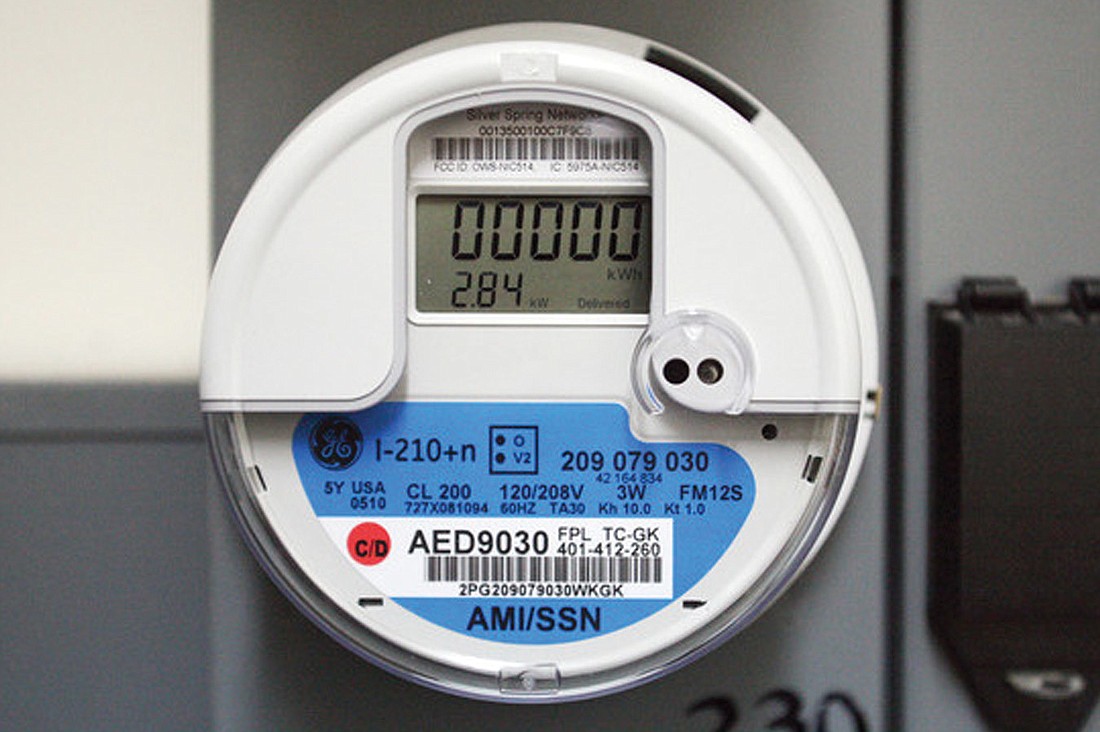- April 29, 2025
-
-
Loading

Ahead of the Florida Power & Light Co. plans to install smart meters in Sarasota County, a project manager representing the electric company took questions and presented a video to the Siesta Key Association to ease resident concerns about the switch.
Project Manager Steve Anderson led the session, which proceeded with near silence from SKA members to accommodate quiet computer speakers supporting the video. He explained that FPL expects to complete the meter switch for its 4.6 million customers by 2013; Sarasota County meter upgrades are expected to start in November.
New meters come with a wealth of benefits, Anderson said. They emit a radio frequency to FPL allowing it to alert the firm when a customer (or customers) loses power. Instead of waiting to field calls complaining about outages, they can quickly zero in on a region that has lost electrical power and speed up technician response time. There could even be fewer surprised consumers opening monthly electricity bills, because smart meters will generate monthly forecasts so forward-thinking customers can plan ahead.
But change is sometimes accompanied with concerns: Privacy was one of the issues that got the most attention. One member of SKA asked about public availability of the information gathered by the meters. Anderson explained that customer data transmitted to FPL would be protected. He also addressed a myth that the company would be able to break down what customers are using electricity for — such as toasting bread, for example. Anderson said FPL will only see the kilowatts of electricity a customer consumes.
Additionally, Anderson said there would be minimal intrusion by crews during the upgrade progress. The company will send technicians to install a customer’s smart meter and technicians will visit the meter “two or three times” for testing.
When the potential health hazards of the new meters was brought up by an SKA member, Anderson responded with a poll of those who own cell phones. When a majority of hands shot into the air, he asserted that frequencies emitted by cell phones are far greater than what smart meters generate.
“Radio frequency is part of everyday life,” he added.
Smart-meter installations have already started in Dade and Broward counties, Anderson said. Of the 3.2 million that are complete, 2.5 million have been activated.
Sarasota County residents can expect to receive a notice in the mail with more information about smart meters and when crews will switch out their meters.
Anderson said that changing out the meters should take less than a minute and explained that despite the new name and capabilities, installation would be no different than switching out a malfunctioning meter.
“(FPL) has been changing out meters for years,” he said.